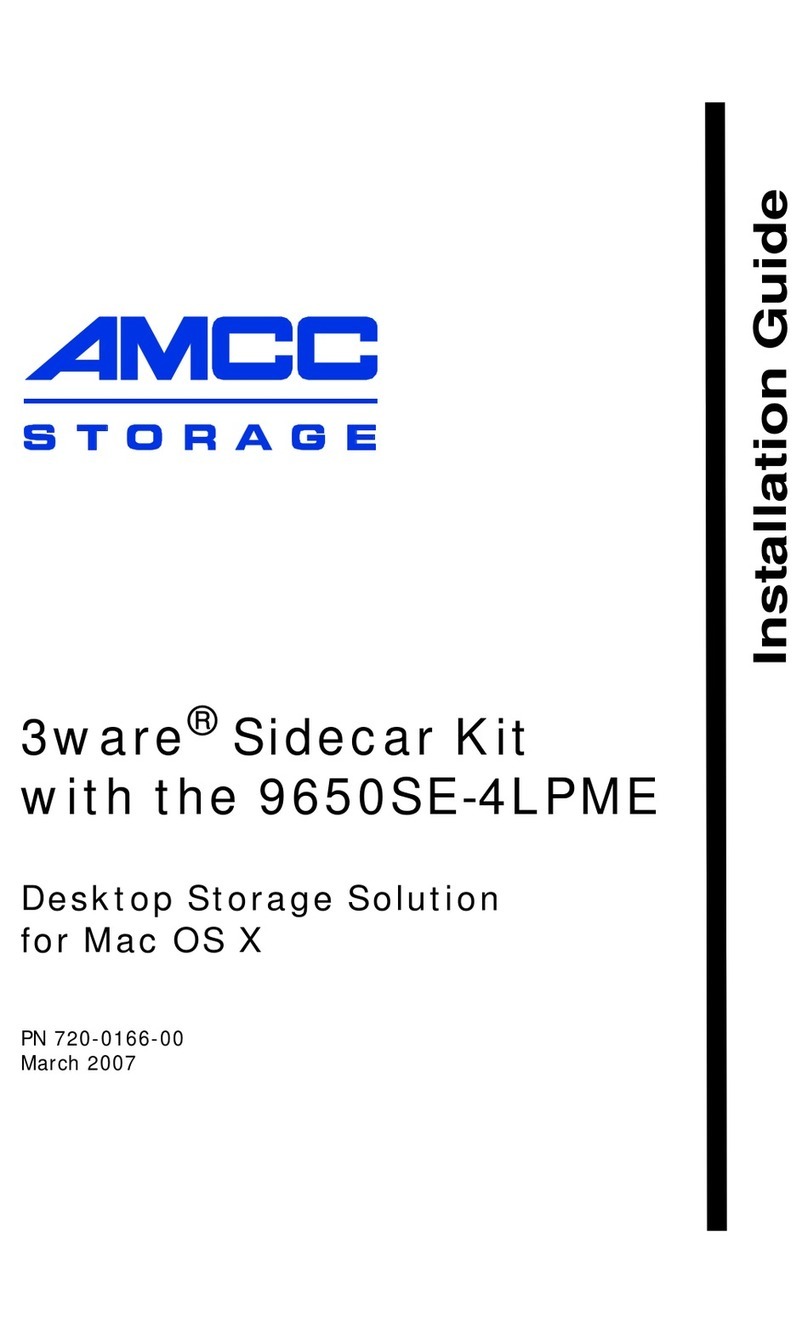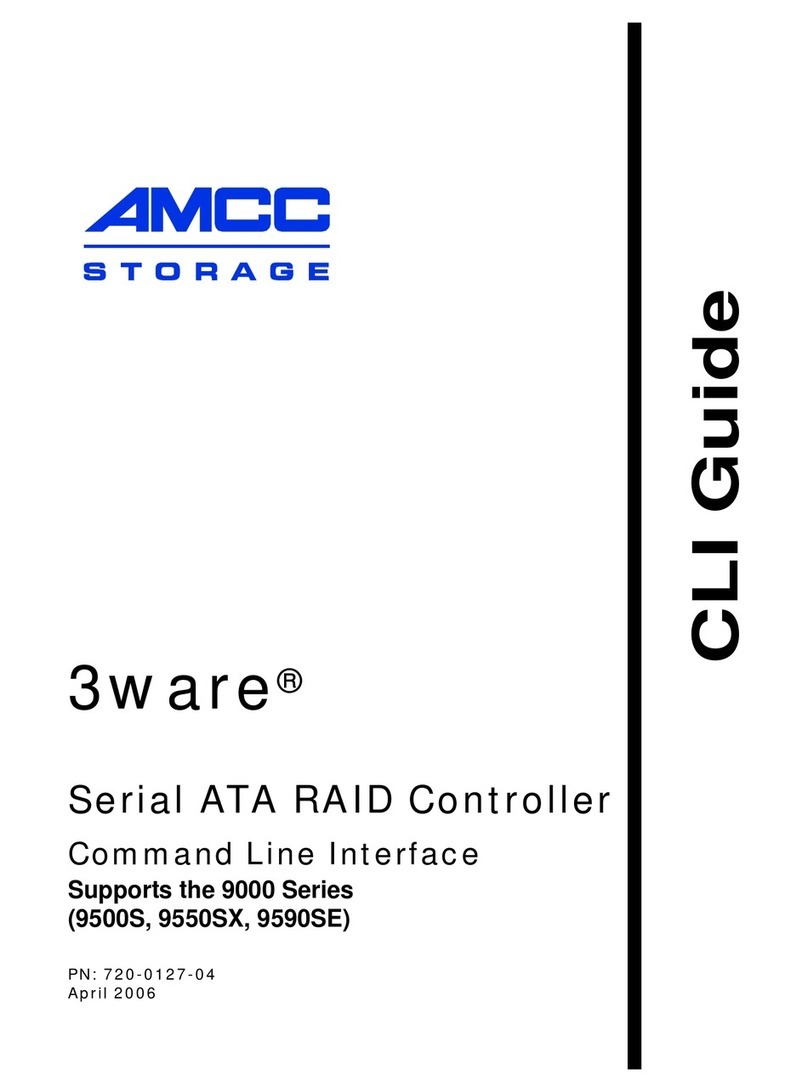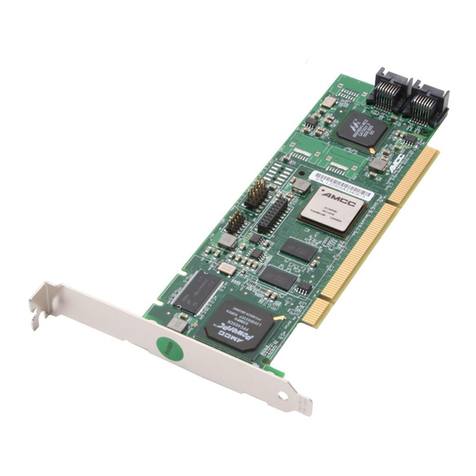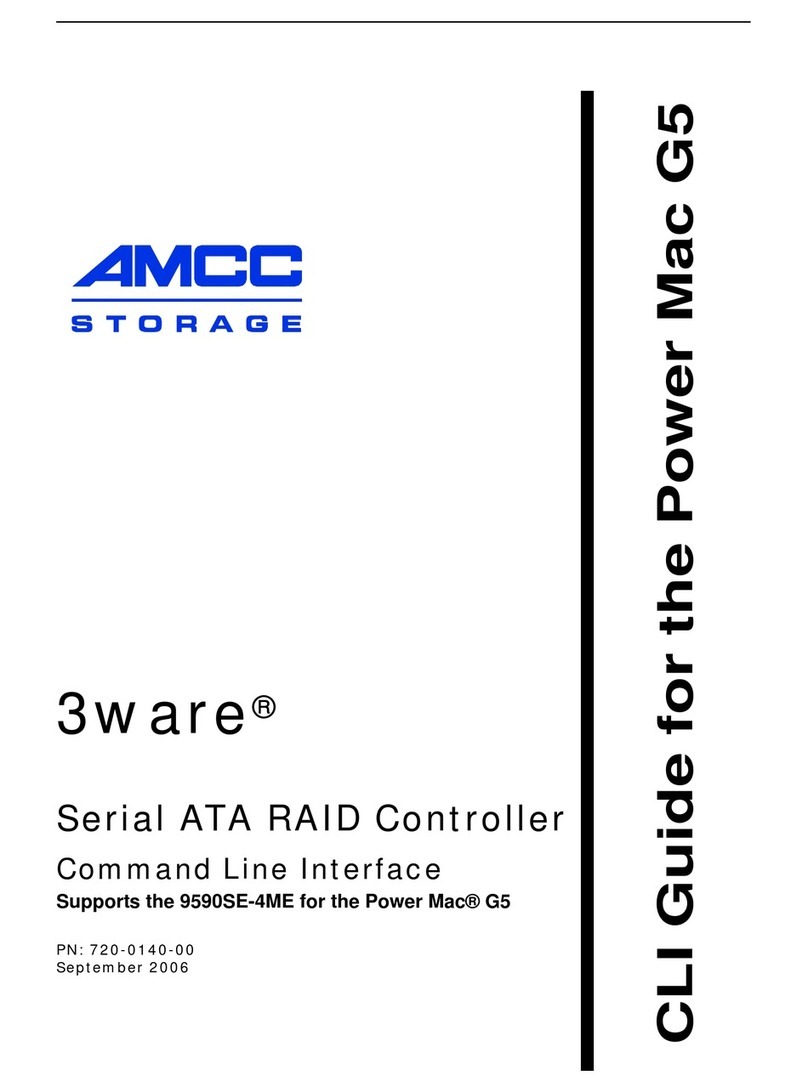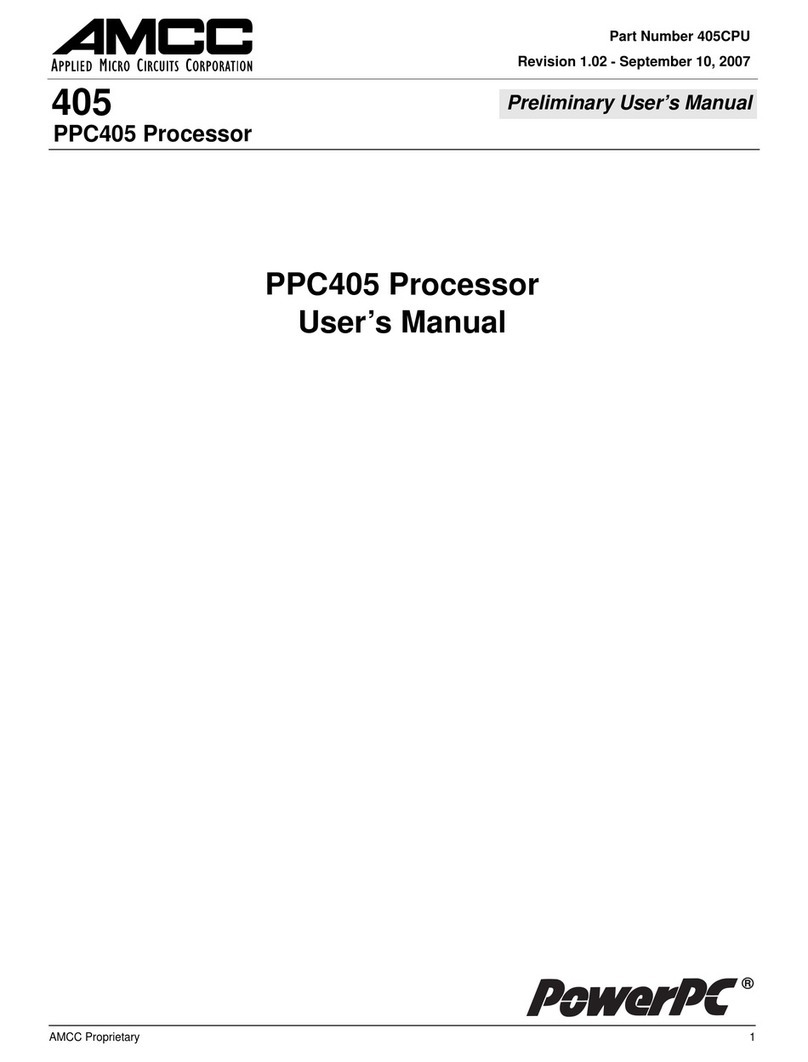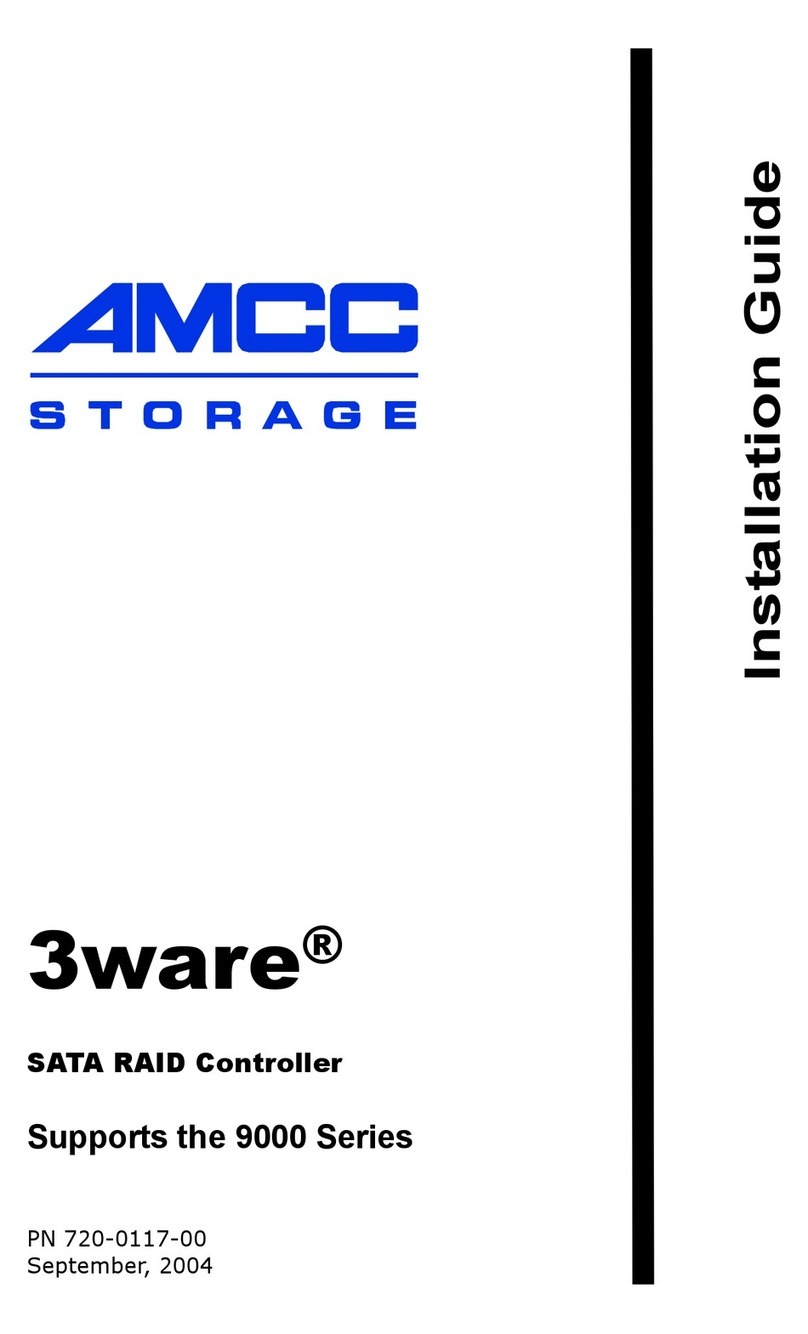
ii 3ware 9000 Series Serial ATA RAID Controller User Guide
Setting the Frequency of Page Refreshes . . . . . . . . . . . . . . . . . . . . . . . . . . . . 43
3DM 2 Reference . . . . . . . . . . . . . . . . . . . . . . . . . . . . . . . . . . . . . . . . . . . . . . . . . 45
Controller Summary Page . . . . . . . . . . . . . . . . . . . . . . . . . . . . . . . . . . . . . . . . 45
Controller Details Page . . . . . . . . . . . . . . . . . . . . . . . . . . . . . . . . . . . . . . . . . . . 47
Unit Information Page . . . . . . . . . . . . . . . . . . . . . . . . . . . . . . . . . . . . . . . . . . . . 48
Unit Details Page . . . . . . . . . . . . . . . . . . . . . . . . . . . . . . . . . . . . . . . . . . . . . . . 49
Drive Information Page . . . . . . . . . . . . . . . . . . . . . . . . . . . . . . . . . . . . . . . . . . . 51
SMART Details About Drive at Particular Port Page . . . . . . . . . . . . . . . . . . . . 52
Controller Settings Page . . . . . . . . . . . . . . . . . . . . . . . . . . . . . . . . . . . . . . . . . . 53
Scheduling Page . . . . . . . . . . . . . . . . . . . . . . . . . . . . . . . . . . . . . . . . . . . . . . . . 56
Maintenance Page . . . . . . . . . . . . . . . . . . . . . . . . . . . . . . . . . . . . . . . . . . . . . . 58
Alarms Page . . . . . . . . . . . . . . . . . . . . . . . . . . . . . . . . . . . . . . . . . . . . . . . . . . . 66
Battery Backup Page . . . . . . . . . . . . . . . . . . . . . . . . . . . . . . . . . . . . . . . . . . . . 68
3DM 2 Settings Page . . . . . . . . . . . . . . . . . . . . . . . . . . . . . . . . . . . . . . . . . . . . 70
Configuring Your Controller . . . . . . . . . . . . . . . . . . . . . . . . . . . . . . . . . 73
Viewing Information About Different Controllers . . . . . . . . . . . . . . . . . . . . . . . . . . 73
Viewing Controller Policies in 3DM . . . . . . . . . . . . . . . . . . . . . . . . . . . . . . . . . . . . 75
Setting Policies for a Controller through 3BM . . . . . . . . . . . . . . . . . . . . . . . . . . . 76
Exporting JBOD Disks . . . . . . . . . . . . . . . . . . . . . . . . . . . . . . . . . . . . . . . . . . . 77
Enabling and Setting Up Staggered Spinup . . . . . . . . . . . . . . . . . . . . . . . . . . . 78
Disabling Write Cache on Unit Degrade . . . . . . . . . . . . . . . . . . . . . . . . . . . . . . 79
Multi LUN Support and Auto-Carving . . . . . . . . . . . . . . . . . . . . . . . . . . . . . . . . 79
Configuring Units . . . . . . . . . . . . . . . . . . . . . . . . . . . . . . . . . . . . . . . . . 83
Configuring Units in 3DM via the Maintenance Page . . . . . . . . . . . . . . . . . . . . 84
Configuring Units in 3BM via the main 3BM Screen . . . . . . . . . . . . . . . . . . . . . 84
Creating a New Unit . . . . . . . . . . . . . . . . . . . . . . . . . . . . . . . . . . . . . . . . . . . . . . . 85
Creating a Unit through 3DM . . . . . . . . . . . . . . . . . . . . . . . . . . . . . . . . . . . . . . 86
Creating a Unit through 3BM . . . . . . . . . . . . . . . . . . . . . . . . . . . . . . . . . . . . . . 87
Ordering Units in 3BM . . . . . . . . . . . . . . . . . . . . . . . . . . . . . . . . . . . . . . . . . . . . 91
Partitioning and Formatting Units . . . . . . . . . . . . . . . . . . . . . . . . . . . . . . . . . . . 91
Creating a Hot Spare . . . . . . . . . . . . . . . . . . . . . . . . . . . . . . . . . . . . . . . . . . . . . . 92
Specifying a Hot Spare through 3DM . . . . . . . . . . . . . . . . . . . . . . . . . . . . . . . . 93
Specifying a Hot Spare through 3BM . . . . . . . . . . . . . . . . . . . . . . . . . . . . . . . . 94
Enabling and Disabling the Unit Write Cache . . . . . . . . . . . . . . . . . . . . . . . . . . . . 95
Enabling and Disabling the Unit Write Cache through 3DM . . . . . . . . . . . . . . . 95
Enabling or Disabling the Write Cache through 3BM . . . . . . . . . . . . . . . . . . . . 96
Setting Unit Policies through 3DM . . . . . . . . . . . . . . . . . . . . . . . . . . . . . . . . . . . . 97
Changing An Existing Configuration . . . . . . . . . . . . . . . . . . . . . . . . . . . . . . . . . . . 98
RAID Level Migration (RLM) Overview . . . . . . . . . . . . . . . . . . . . . . . . . . . . . . . 98
Changing RAID Level . . . . . . . . . . . . . . . . . . . . . . . . . . . . . . . . . . . . . . . . . . . 100
Expanding Unit Capacity . . . . . . . . . . . . . . . . . . . . . . . . . . . . . . . . . . . . . . . . . 101
Informing the Operating System of Changed Configuration . . . . . . . . . . . . . . 102
Deleting a Unit . . . . . . . . . . . . . . . . . . . . . . . . . . . . . . . . . . . . . . . . . . . . . . . . . . 103
Deleting a Unit through 3DM . . . . . . . . . . . . . . . . . . . . . . . . . . . . . . . . . . . . . 103
Deleting a Unit through 3BM . . . . . . . . . . . . . . . . . . . . . . . . . . . . . . . . . . . . . . 105
Removing a Unit . . . . . . . . . . . . . . . . . . . . . . . . . . . . . . . . . . . . . . . . . . . . . . . . . 106
Removing a Unit Through 3DM . . . . . . . . . . . . . . . . . . . . . . . . . . . . . . . . . . . 107
Removing a Unit Through 3BM . . . . . . . . . . . . . . . . . . . . . . . . . . . . . . . . . . . 108
Moving a Unit from One Controller to Another . . . . . . . . . . . . . . . . . . . . . . . . . . 109
Unlocking Drives Configured on a 9000 Series Controller . . . . . . . . . . . . . . . 109
Adding a Drive through 3DM . . . . . . . . . . . . . . . . . . . . . . . . . . . . . . . . . . . . . . . 110
Removing a Drive . . . . . . . . . . . . . . . . . . . . . . . . . . . . . . . . . . . . . . . . . . . . . . . . . 111
Rescanning the Controller . . . . . . . . . . . . . . . . . . . . . . . . . . . . . . . . . . . . . . . . . 113
Naming a Unit . . . . . . . . . . . . . . . . . . . . . . . . . . . . . . . . . . . . . . . . . . . . . . . . . . . 114
